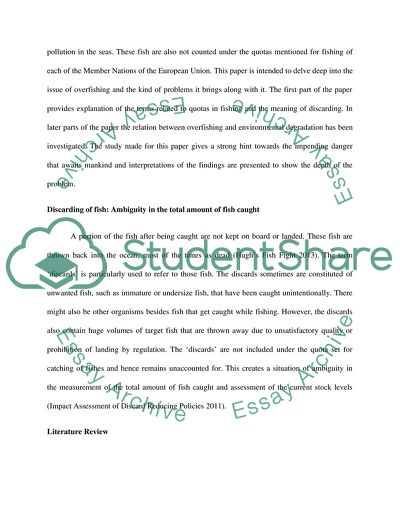Cite this document
(The Rising Number of Signatures in Hughs Fish Fight Campaign Research Paper, n.d.)
The Rising Number of Signatures in Hughs Fish Fight Campaign Research Paper. Retrieved from https://studentshare.org/environmental-studies/1792779-over-fishing
The Rising Number of Signatures in Hughs Fish Fight Campaign Research Paper. Retrieved from https://studentshare.org/environmental-studies/1792779-over-fishing
(The Rising Number of Signatures in Hughs Fish Fight Campaign Research Paper)
The Rising Number of Signatures in Hughs Fish Fight Campaign Research Paper. https://studentshare.org/environmental-studies/1792779-over-fishing.
The Rising Number of Signatures in Hughs Fish Fight Campaign Research Paper. https://studentshare.org/environmental-studies/1792779-over-fishing.
“The Rising Number of Signatures in Hughs Fish Fight Campaign Research Paper”, n.d. https://studentshare.org/environmental-studies/1792779-over-fishing.


